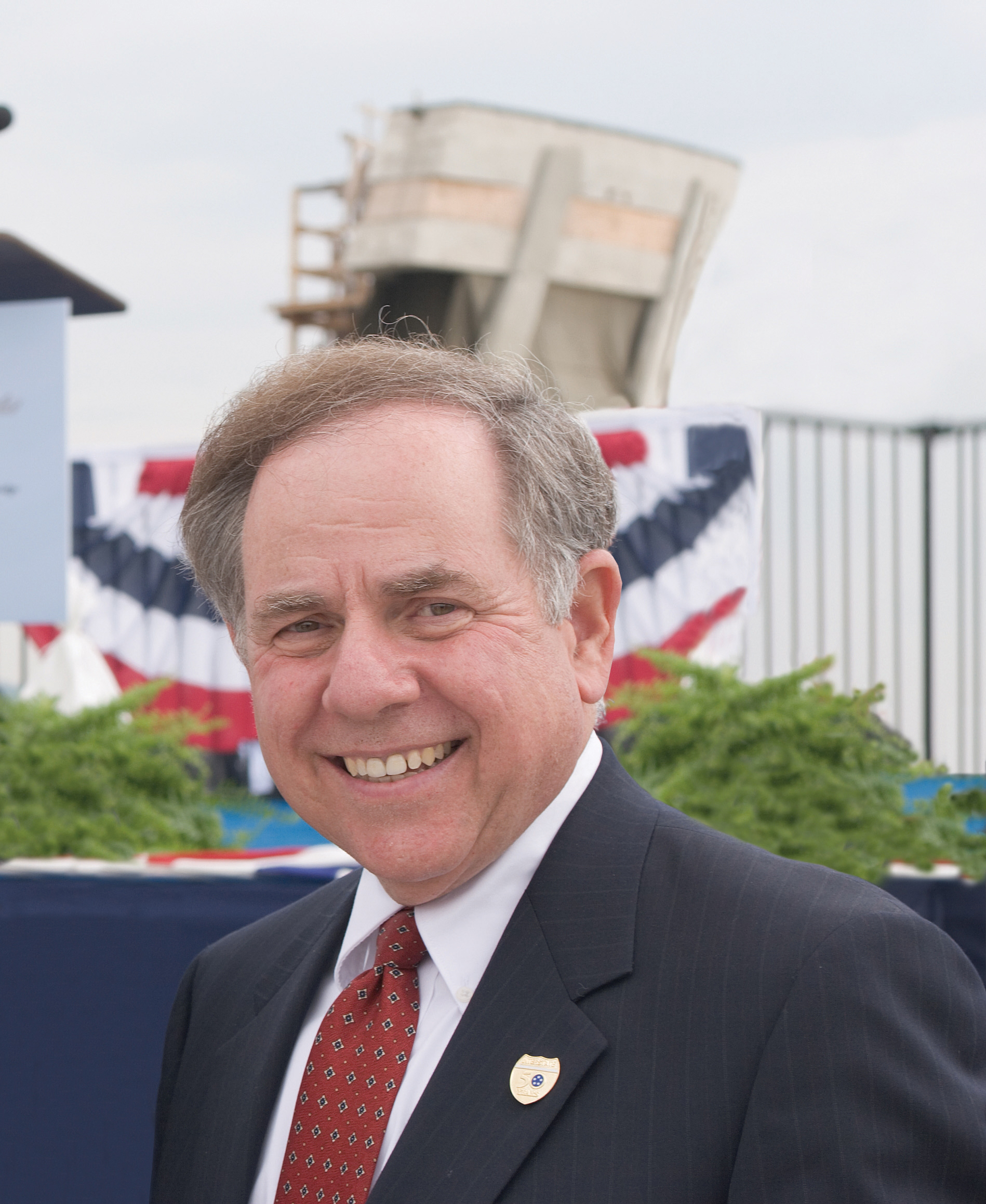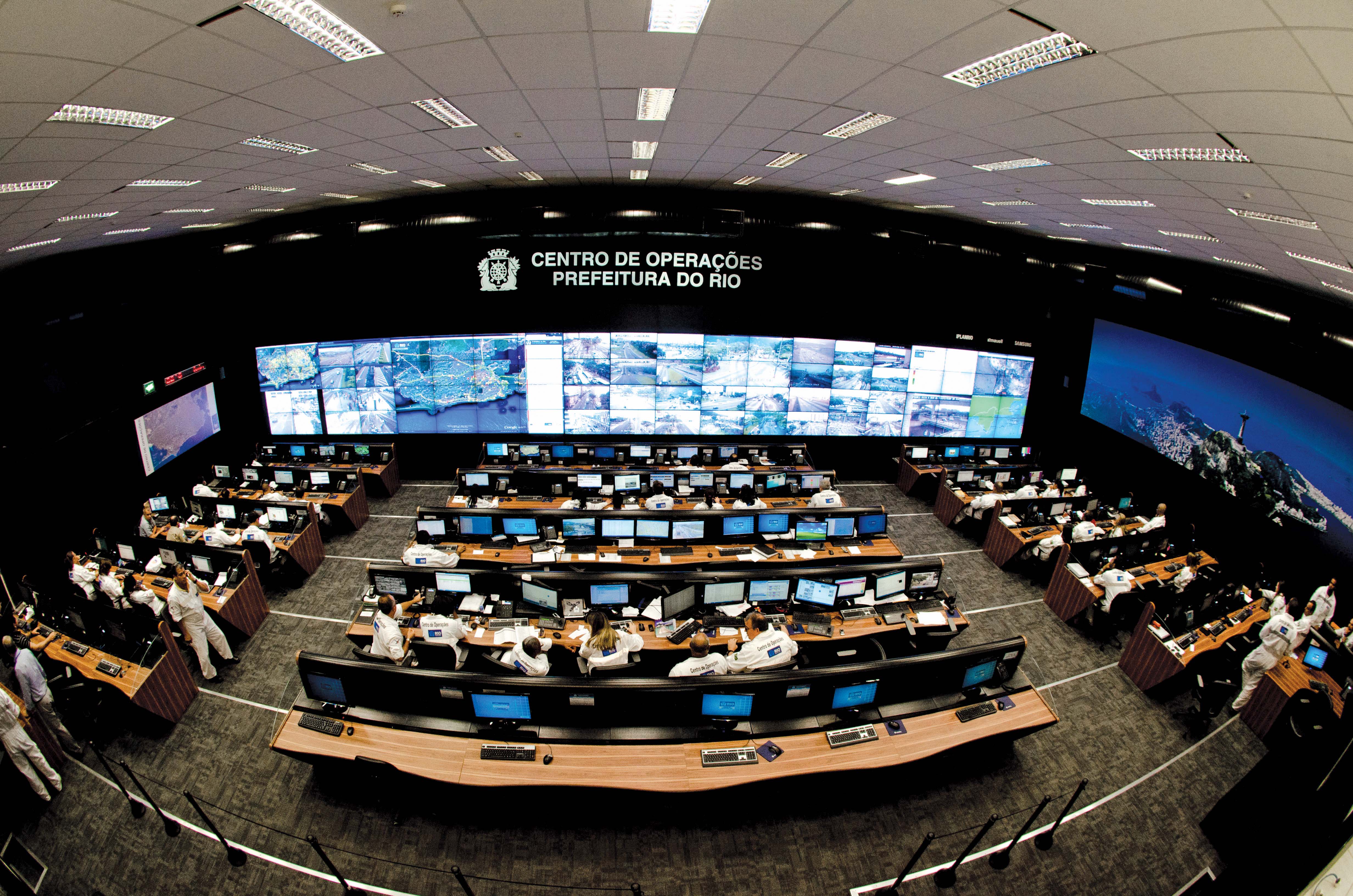Transportation funding is caught in the crossfire as the President calls for infrastructure investment and a reinvigorated Republican majority in the House pushes back on federal spending. Andrew Bardin Williams reports. Every few months some politician or pundit declares that the country is on the verge of making the most important political decision in a generation. The 2006 mid-term election; the 2008 Presidential election; the passing of the stimulus bill; healthcare reform; the mania surrounding Tea Pa

President Obama's State of the Union address was a "remarkable elevation of the role of infrastructure in terms of economic competitiveness, quality of life and economic recovery" according to Parsons-Brinkerhoff's Hal Kassoff
Transportation funding is caught in the crossfire as the President calls for infrastructure investment and a reinvigorated Republican majority in the House pushes back on federal spending. Andrew Bardin Williams reports
Every few months some politician or pundit declares that the country is on the verge of making the most important political decision in a generation. The 2006 mid-term election; the 2008 Presidential election; the passing of the stimulus bill; healthcare reform; the mania surrounding Tea Party politics; the 2010 mid-term 'shellacking'... even in the short term the list is exhausting.And yet despite the hyperbole, the US finds itself at another life-altering crossroads. In the face of record deficits, does the nation continue to invest in its crumbling infrastructure in an effort to stay economically competitive? Or will the Republican wave bring much-needed fiscal prudence to the federal government and slash spending? The compromise (or the lack of one) that comes out of the new Congress will have a profound effect on transportation infrastructure funding in the US for years to come. With the current federal budget earmarking more than $12 billion to the Department of Transportation (13 per cent of the total budget) the transportation industry relies heavily on federal funding to move projects from around the country forward. As a result, tens of billions of dollars, hundreds of thousands of jobs and the long-term ability of the US to recover from the global economic crisis hinge on Congress being able to forge a deal that the President can accept.
A surprisingly productive lame-duck Congress extended the transportation authorisation bill to March last year, preserving existing funding for a few months but once again postponing much-needed reform and stability in transportation planning. However, Representative John Mica (R-FL), the new chairman of the House Transportation and Infrastructure Committee, and Senator Barbara Boxer (D-CA), chairman of the Senate Environment and Public Works Committee, have both indicated they are open to working together to craft a new authorisation bill by the end of the year.
However, the clock is ticking. The current bill expires in March, although it's expected to be extended through 2011. At the same time, federal stimulus funding, which was providing billions of dollars for shovel-ready projects, is running out, the transportation construction industry is facing 20 per cent unemployment and public pressure is forcing not just the Republican-controlled House to call for deficit reduction; the Democratic-controlled Senate and the administration are also calling for budgetary restraint.
President lends political capital and hope
President Obama's State of the Union address on 25 January outlined the battle ahead and gave hope to a transportation industry that relies heavily on federal funding. In his speech, the President outlined a three-step plan to rebuild America, specifically calling out research and development, education and infrastructure investment."Sustaining the American Dream has never been about standing pat," he said in front of both chambers of congress, his cabinet, the Supreme Court and invited guests. "All these investments, in innovation, education and infrastructure, will make America a better place to do business and create jobs." After the President's speech, Hal Kassoff, a senior vice president for Parsons-Brinckerhoff, conducted an informal poll of professionals attending the
"It was a remarkable elevation of the role of infrastructure in terms of economic competitiveness, quality of life and economic recovery," Kassoff said.
While short of details, the President outlined his plan to invest in infrastructure development, and more details are sure to leak out in the next few weeks, specifically when the President sends his budget proposal to Congress. Groups like the American Public Transportation Association (
"We're glad to hear the President is making infrastructure investment a priority and look forward to more detailed recommendations from the administration in the coming weeks," says Paul Dean, director of government affairs for APTA. "Hopefully it will spur congress to action for true legislation in this area."
A call for fiscal restraint
Despite a non-partisan atmosphere during the President's speech (Democrat and Republican lawmakers were seated next to each other during the State of the Union instead of divided across the aisle by party) the two approaches to reducing the deficit couldn't be more different.While the President and his Democratic allies are calling for increased infrastructure investment to spur the economy and generate more tax revenue, the new Speaker of the House John Boehner (R-OH) and the Republican leadership are calling for a return to 2008 levels for all discretionary spending, including slashing much of the infrastructure investment that Democrats have hailed as essential to the economic recovery. Top targets are high-speed rail projects in Florida, California and Illinois that the President has made a priority since taking office.
Representative Mica is leading the effort for the Republicans, using his position as chairman of the transportation and infrastructure committee to get the Department of Transportation to live within the means provided by the transportation trust fund-which should be solvent through 2012. Dean expects Mica to look at alternative funding alternatives like public-private partnerships and other programmes that create incentives for private investment in infrastructure.
Others in the industry, like senior director for AGC Brian Deery, hope the Republican-led House doesn't go too far in calling for a spending cut.
"Infrastructure investment is not spending. It's an investment," Deery notes. "It's an investment in economic recovery. A more efficient transportation system makes us more competitive globally." The current administration and the Democratic leadership would heartily agree. In his State of the Union address, President Obama called out a new 'Sputnik moment' that will spur Americans to take steps to reinvest in a crumbling infrastructure. He cited China, Russia and South Korea as countries that are making huge infrastructure investments in highway construction, public transit (like high-speed rail) and Internet infrastructure. And the facts back up these huge spending projects. According to a report by the
Yet, the battle between infrastructure investment and deficit reduction continues. Under political pressure, the President called for a five-year spending freeze for all discretionary spending. On the other side of the aisle, the House leadership has called for a cap on spending at 2008 levels. Transportation officials aren't so enthusiastic.
The AGC, faced with nearly 20 per cent unemployment in the transportation construction industry, isn't a fan of the President's spending freeze, though Deery admits that it is better than a spending cut. Either way, jobs will be lost since static funding will be susceptible to inflation and a cut may disrupt projects currently underway. The uncertainly, Deery predicts, will prevent state DOTs from doing any long-term planning.
APTA isn't taking any chances either with plans to flood Capital Hill to make sure the transportation trust fund is preserved and members of Congress understand the impact a spending cut will have on the economy.
"We're hoping that cooler heads will prevail," Dean says.
So, what's Plan B?
As Congressman Mica and Senator Boxer start negotiations on a new authorisation bill, the transportation industry is looking at ways to make up for any federal funding shortfall. Any programme that encourages private investment will likely get a look in the Republican's plans as will a number of credit enhancement initiatives. APTA has long recommended increasing the gas tax to a level that would stabilise the trust fund but understands that it is politically a non-starter. Other options floating around include a national infrastructure bank, a separate rail infrastructure funding programme and a series of tax breaks that encourage private investment.Kassoff has another alternative in mind. Voter initiatives have been wildly successful in recent years as long as the public has confidence in the project and the agencies involved. The key, according to Kassoff, is educating the public on the short-term benefits of a project (such as jobs) as well as the long-term benefits (such as economic development and competitiveness). According to an APTA study, more than 70 per cent of voter referendums that call for taxpayer-funded transportation projects have passed in the past decade. One example is a 2005 referendum in Utah that raised the sales tax in two counties to pay for an expansion of Salt Lake City's light-rail system, and this was in one of the most conservative states in the country.
Anxiously waiting for next steps
President Obama has said that infrastructure investment is going to command a larger part of his budget request, expected to be presented to Congress in February. And then the process of passing a new authorisation bill by the end of the year will begin in earnest.Kassoff is optimistic a bill will eventually pass, even if it is only a two-year bill instead of the traditional six years. He cites the role infrastructure investment played in the President's State of the Union address and its likely role in his proposed budget as indicators that something will get done.
"This is a great opportunity for us to reform the transportation industry in this country. We need to create some transparency and some accountability," Kassoff states. "We will have consensus between the House, the Senate and the administration on this." With a contentious two years behind us and the makings of a more cooperative legislative session, maybe, just maybe, a long-term bill will pass. It started with the President's speech in front of a joint-session of Congress. But now, it lies with a divided Congress.










